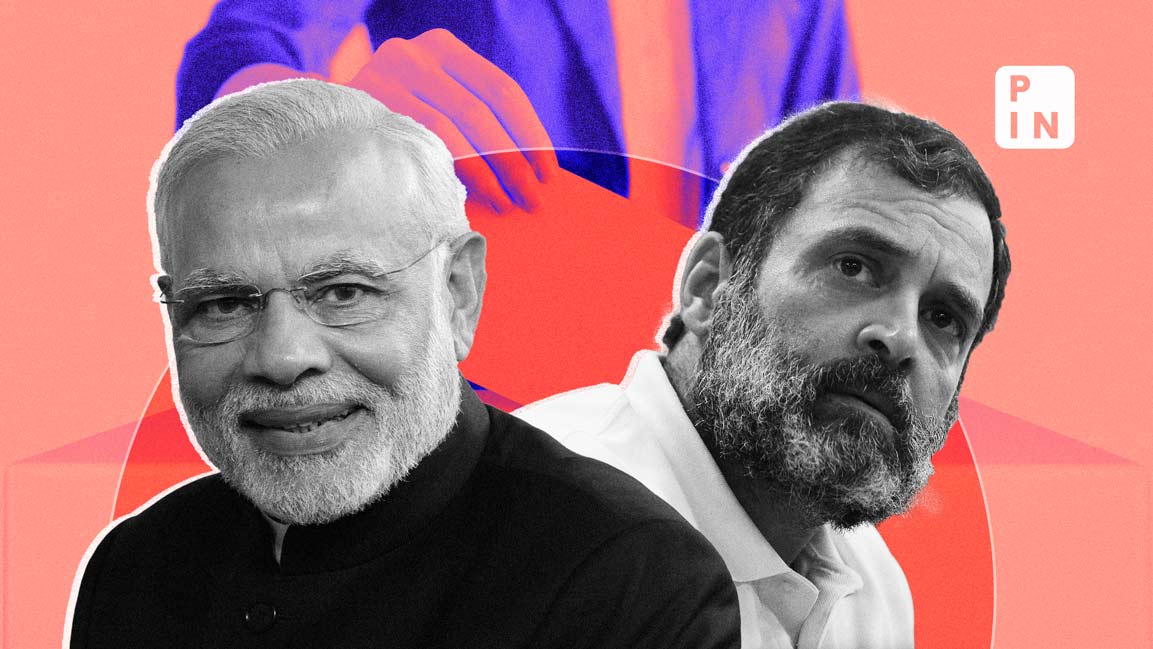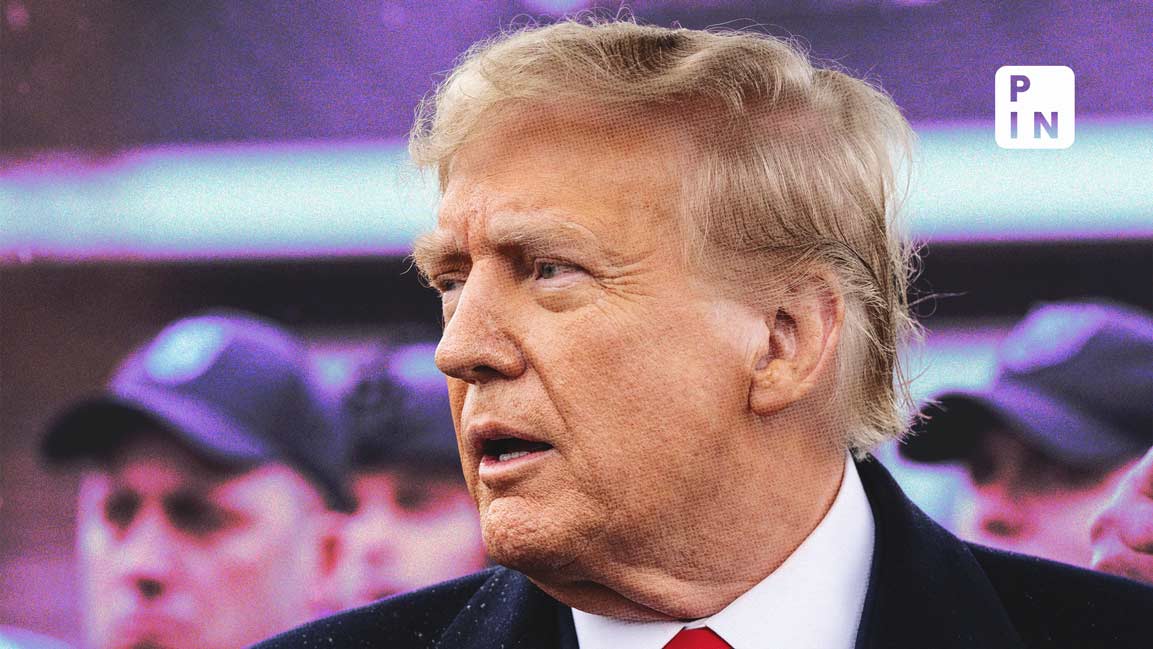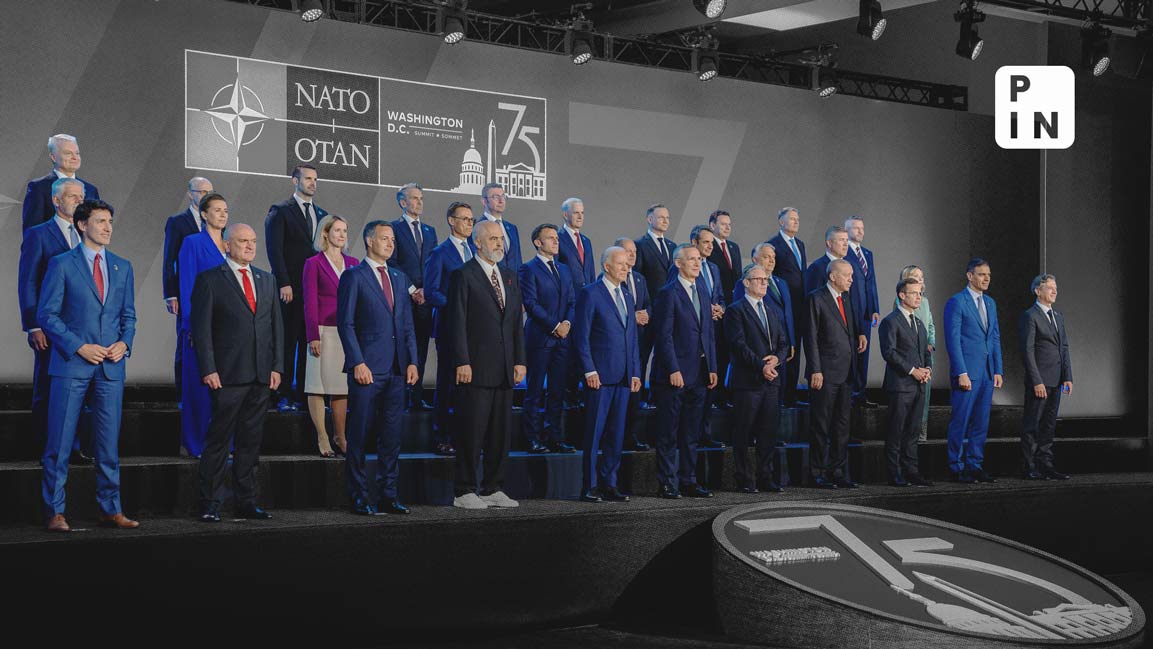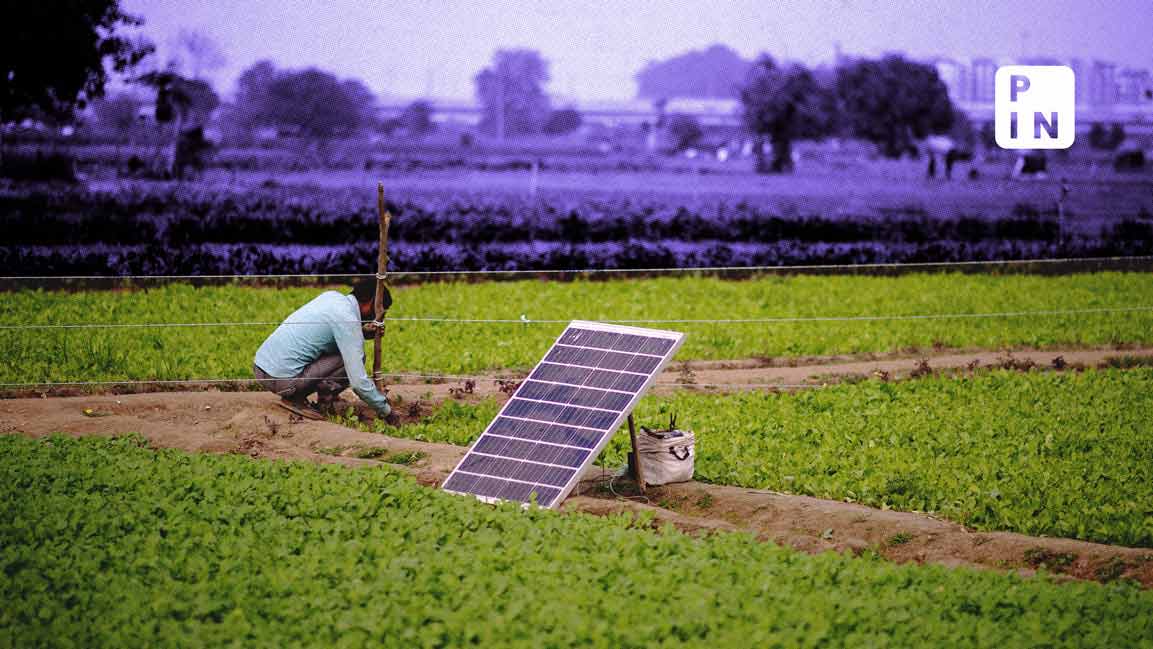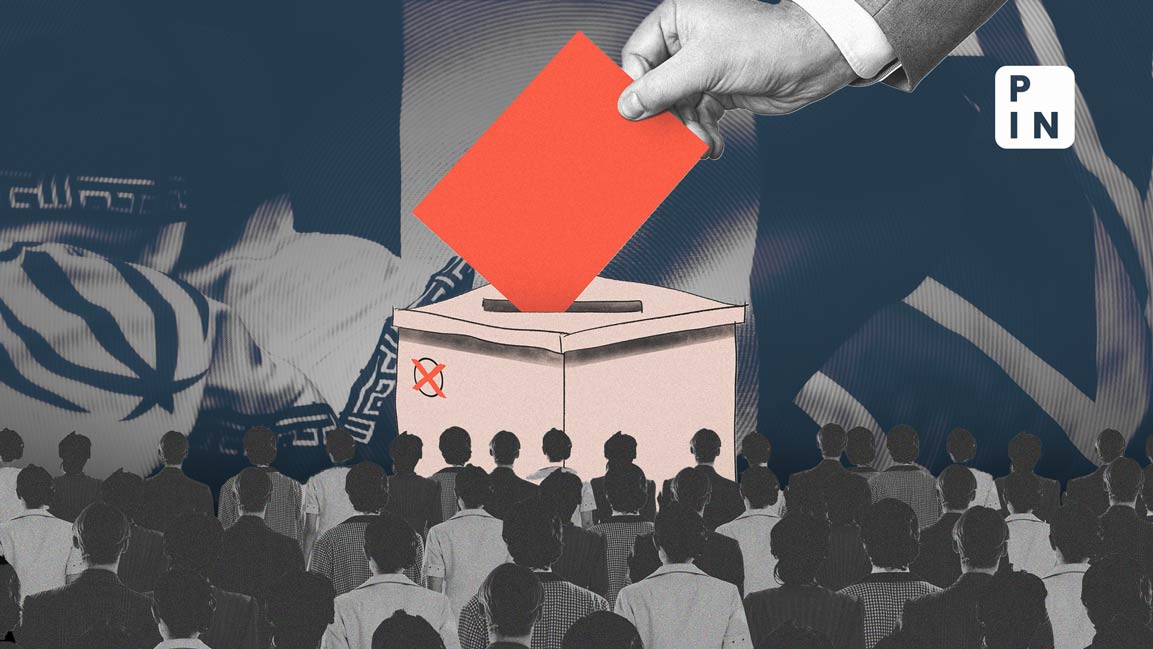The assembly election results for four states—Chhattisgarh, Madhya Pradesh, Rajasthan, and Telangana—have been announced and the score is 3-1 in favor of the Bharatiya Janata Party (BJP). The BJP snatched Rajasthan and Chhattisgarh from the Congress while managing to retain Madhya Pradesh.
For the Indian National Congress, the victory in Telangana is big, considering that it has defeated a regional party after a long time. Coming after the Karnataka win, this victory is seen as the Congress consolidating its presence in South India, which collectively sends 130 members, nearly 25%, to Lok Sabha, the lower house of Parliament.
These results have far-reaching implications for the Congress, the BJP, and the opposition unity for state as well as central politics. They are likely to set the narrative and tone for the general election in 2024, giving a psychological advantage to India’s ruling party.
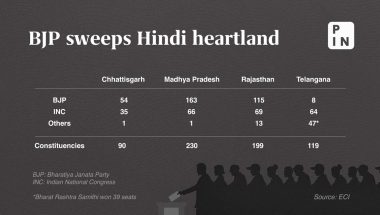
Big BJP win in Hindi heartland
The losses in Chhattisgarh, Madhya Pradesh, and Rajasthan show that the Congress is no match for the BJP in the Hindi heartland. In 200 of the total 543 seats in the region, which accounts for about 40%, there is likely to be a bipolar contest next year. The victory provides a fillip to the BJP cadre and supporters while at the same time demoralizes the Congress cadre and anti-BJP voters.
This victory in the state polls that were touted as the semi-finals to 2024 has established the fact that Prime Minister Narendra Modi’s popularity is intact. According to the Axis My India exit poll data, 7% of voters in Madhya Pradesh, 17% in Rajasthan, and 14% in Telangana backed the party due to the Modi factor. The BJP’s welfare model has punctured caste-based politics in key states, giving a class dimension to elections in India.
Together with home minister Amit Shah, Modi will continue to call the shots in the BJP for 2024. The party could install younger faces who could lead the party for the next 10-15 years as chief ministers in the three states, while veterans Shivraj Singh Chouhan, Raman Singh, and Vasundhara Raje could be moved to central politics, giving it more heft against the Congress.
The 2024 election is, however, not without its challenges for the BJP. The party, at the center as well as in the states, could be forced to announce populist schemes, in line with those announced in the election manifestos. Cooking gas cylinders at subsidized rates, a cash support scheme for women, and inflation adjustment for PM Kisan Nidhi Scheme (income support to farmers) could put a strain on government finances. Thus, the BJP would have to devise innovative schemes for revenue generation to maintain tight financial discipline.
Consolation prize for Congress
The Congress’s losses in Chhattisgarh, Madhya Pradesh, and Rajasthan are bad omen for the party. With the rout in Chhattisgarh and Rajasthan, the states it won in 2018, the Congress has significantly lost its bargaining power in the grand opposition alliance—The Indian National Developmental Inclusive Alliance (INDIA)— which it had cobbled together and hoped to lead. Now the regional satraps are unlikely to accept the party’s leadership and some of them could even chart their own course. These losses could force Congress to adopt a more accommodative stance going forward.
The results in the three states where the Congress was locked into a one-to-one direct contest with the BJP show that the grand old party faces serious structural challenges in states and does not have the organizational might to take on the saffron party. As a fallout, old guards in the party like Kamal Nath, Ashok Gehlot, and Digvijay Singh could be forced to retire, with young Turks taking their leadership roles.
The party could also be forced to recalibrate its strategy regarding issues it had been raising, such as crony capitalism by the Adani Group and demanding a caste census. The “Jitni Abadi Utna Haq” (rights proportional to population) slogan is seen by the educated as a regressive caste-based politics. The losses have further damaged the leadership reputation of the Gandhi siblings—Rahul and Priyanka. After the loss in Uttar Pradesh, the drubbing in the three states, where Priyanka Gandhi aggressively led the campaign, puts a serious question mark on her leadership abilities.
The Telangana victory is a silver lining for the party where it implemented its tried and tested campaign strategy of contesting under a combined leadership with guidance from the center. It ran a localized campaign, making it a seat-by-seat contest instead of a presidential-style fight.
It gives the party a strong foothold in the South. The Congress now has governments in Karnataka and Telangana, shares power with the DMK in Tamil Nadu, and is the principal opposition party in Kerala. The win could also help revive the party in neighboring Andhra Pradesh, where it has been reduced to naught. The victory also gives the Congress control over both the IT hubs—Bengaluru and Hyderabad—which may help the party in funding its upcoming campaigns.
What does it portend for 2024?
While state and national elections are fought on different issues and have different contexts, this victory shows that the BJP is now the clear favorite to win the 2024 general election. With the consolidation of votes seen in the Hindi belt, the BJP may even improve upon its 2019 tally of 303 seats.
The results are further proof that the Gandhis lack the charisma to take on Modi, while regional satraps Mamata Banerjee, Arvind Kejriwal, and Nitish Kumar lack a pan-India appeal.
Over 37% of people in national elections vote on the prime ministerial face and one in every three voters of the BJP supports the party due to the Modi factor. This poses a challenge for the opposition as it lacks a national face to challenge Modi. This gives credence to the BJP’s narrative of ‘Modi versus Who?’.
In direct contests with the BJP in 190 seats, the Congress is the weaker opponent; and was able to win just 15 of those seats in 2019. Unless the Congress beats the BJP in one-on-one contests, a 2024 win is unlikely.
The BJP has suffered recent setbacks in the South, first in Karnataka and now in Telangana. It is in these parts where the Congress and the rest of the opposition would try to win as many seats as possible. However, without making a serious dent in Hindi heartland states, it is a tall task for the opposition.
The 2024 elections will center around Modi’s promise to elevate India to the third largest economy during his third term and achieve the status of a developed nation by 2047. This will be contrasted with the Congress party’s commitment to implementing welfare programs aimed at improving the lives of the poor and underprivileged. While the BJP is likely to continue to focus on the top-down economic model of infrastructure-led growth with a tinge of welfarism, the Congress is likely to propose a bottom-up economic model to the lower socio-economic class with a tinge of social justice.
The 2023 results show that the BJP has a huge upper hand going into 2024. And unless the opposition learns from its mistakes and gets its act together in the coming months, a new record by the saffron party cannot be ruled out.
